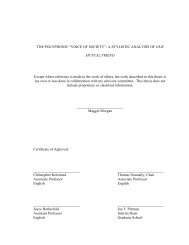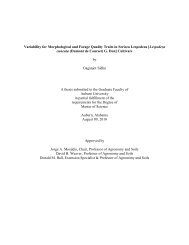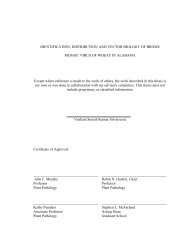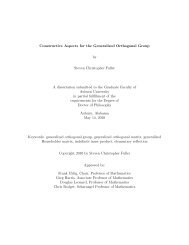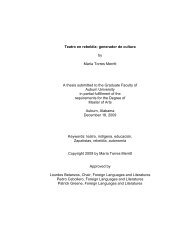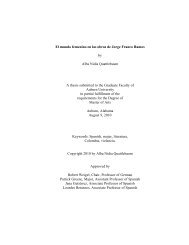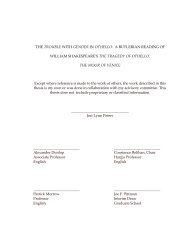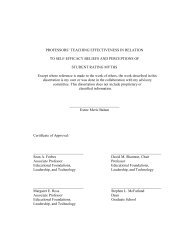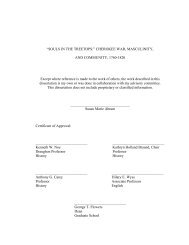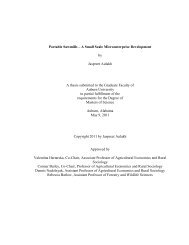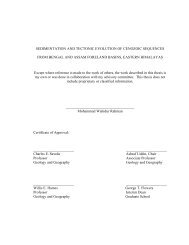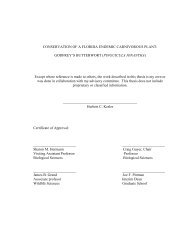Enhanced Polymer Passivation Layer for Wafer Level Chip Scale ...
Enhanced Polymer Passivation Layer for Wafer Level Chip Scale ...
Enhanced Polymer Passivation Layer for Wafer Level Chip Scale ...
You also want an ePaper? Increase the reach of your titles
YUMPU automatically turns print PDFs into web optimized ePapers that Google loves.
offers the optimum flux release characteristics. The aperture pattern of the stencil<br />
was designed to match the pattern on the bumped wafer, the same as Figure 3.8.<br />
- Printer setup: The printer parameters must be appropriately defined to achieve<br />
consistent prints during stencil printing. The flux must be able to roll evenly across<br />
the stencil surface. The driving <strong>for</strong>ce plus speed of the squeegee are the main factors<br />
that determine the kinematics of this rolling motion. An MPM TF100 Printer with<br />
vision system was used <strong>for</strong> the flux printing process in this research. Parameters<br />
optimized <strong>for</strong> the printer are listed in Table 3.4. Once all the printing parameters were<br />
set, the vision alignment system of the printer checked the precise alignment of the<br />
stencil aperture openings to the bumping openings on the wafer. This step was<br />
required to be carefully handled; otherwise the resulting misalignment could cause<br />
the partial wetting or non-wetting issue of the solder ball. After the flux was printed<br />
onto the wafer, further inspection under a microscope was needed to eliminate the<br />
printing defects.<br />
57




